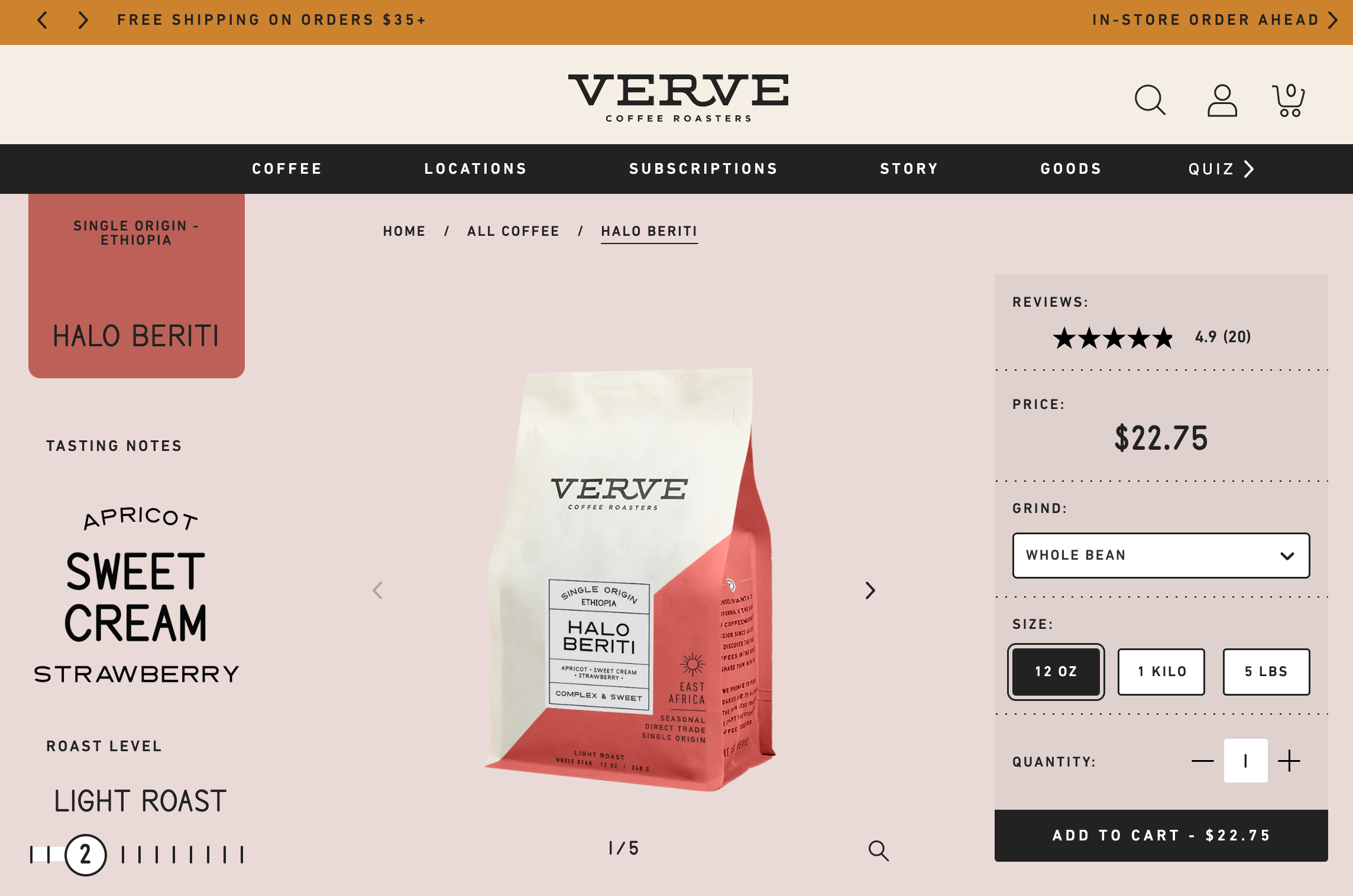Since its launch in 2006, Twitter has evolved from a platform for sharing lunch photos to an essential part of online communication. With 187 million monetizable daily active users in Q3 of 2020, Twitter’s reach continues to grow. In this practical guide, we’ll show you how to harness the power of Twitter for your business and optimize your presence on the platform.
Why Use Twitter for Business?
In a crowded social media landscape, Twitter stands out as a valuable addition to your organization’s social media strategy. It offers a wide reach, with the total number of monthly Twitter visitors significantly exceeding the number of registered users. By using Twitter, you not only reach active users but also a broader audience of non-members.
Getting Started with Twitter (For Beginners)
Whether you’re new to Twitter or already have an account, these tips will help you establish a strong foundation:
Create a Profile
To effectively use Twitter for your business, start by creating a compelling profile. Your profile should include a recognizable profile photo, a header photo that showcases updates, a display name, and a bio that serves as your brand elevator pitch. Don’t forget to include a link to your website and consider pinning a tweet to highlight ongoing promotions or important announcements.
Learn Twitter Terminology
Familiarize yourself with Twitter-specific vocabulary to navigate the platform with ease. Understand hashtags, mentions, retweets, quote tweets, direct messages (DMs), and topics. Each term plays a crucial role in engaging with your audience and making the most of Twitter’s features.
Follow Other Accounts
Engage with the Twitter community by following accounts with similar interests. By interacting with established accounts, you’ll gain inspiration and attract your own followers.
Apply for Twitter Verification
Increase your business’s credibility by applying for Twitter verification. Verification adds a blue checkmark next to your account name, earning users’ trust. Follow the verification process to enhance your brand’s authenticity on Twitter.
Maximizing Twitter for Business
Once you grasp the basics, it’s time to leverage Twitter to grow your business. Here are some strategies to optimize your Twitter activity:
Create a Twitter Marketing Strategy
Treat Twitter as an integral part of your business by developing a comprehensive Twitter marketing strategy. Clearly articulate your goals and plan how to achieve them. Your Twitter marketing strategy should align with your overall social media marketing strategy to take advantage of each platform’s strengths.
Find Your Brand’s Voice
Establish a consistent brand voice on Twitter to connect with your audience effectively. Avoid coming across as too corporate and focus on authenticity. A unique voice will help your brand stand out among the millions of tweets posted daily.
Utilize Twitter Lists
As your Twitter feed fills up, organizing it with Twitter Lists can reduce noise and increase efficiency. Create lists to target specific topics, partners, competitors, or accounts that engage with you the most. Customize your timeline to focus on content that matters most to your business.
Engage with Your Audience in Real Time Using Twitter Spaces
Twitter Spaces is a feature that allows you to host live audio conversations with other users. Announce your Spaces chat with a tweet to leverage your existing Twitter presence and engage with your audience in real time.
Promote Your Content with Twitter Ads
Stand out in the crowded Twitter feed by using Twitter advertising. Promote tweets, accounts, or even entire campaigns to increase your brand’s visibility. With no minimum budget, Twitter advertising offers options for businesses of all sizes.
Harness the Power of Twitter’s Advanced Search
With thousands of tweets posted every minute, Twitter’s advanced search offers powerful tools to sift through content and promote your brand. Use filters to find user engagement, popular tweets, and relevant conversations.
Analyze Your Performance with Twitter Analytics
Twitter Analytics provides valuable insights into your Twitter activity. Utilize graphs and reports to understand engagement, audience behavior, and ad performance. Analyzing this data will help you determine the best times to tweet, measure ROI, and optimize your Twitter strategy.
Explore Twitter API
The Twitter API allows you to make programs that interact directly with Twitter. Apply for a developer account to access this tool, which can provide real-time data and create custom audiences.
Best Practices for Using Twitter for Business
To create compelling and effective Twitter content, follow these best practices:
1. Keep it Short
Convey your message concisely. Aim for simple, clear messages that effectively communicate your brand’s value.
2. Write Organically
Authenticity resonates with Twitter users. Craft tweets that don’t sound overly promotional or like typical brand messaging. Tweets without CTAs or links can generate higher engagement and improve visibility.
3. Engage in Conversations
Encourage interaction by initiating conversations on Twitter. Quote tweets, tag other accounts, or run polls to make your communication a two-way street. Actively engage with your audience to increase visibility and build relationships.
4. Don’t Forget CTAs
While conversational tweets are valuable, don’t overlook the effectiveness of well-crafted calls-to-action (CTAs). Strike a balance between conversational and advertorial content to drive desired actions from your audience.
5. Tweet with Emojis
Emojis add emotion and conciseness to your tweets, capturing users’ attention. Use emojis strategically to increase visibility and generate higher engagement.
6. Use Trending Hashtags
Hashtags help your tweets reach a wider audience interested in specific topics. Research popular existing hashtags or create a branded hashtag to spark conversations and increase brand awareness.
7. Tweet with Visuals
In a text-heavy environment, visual elements stand out on Twitter. Incorporate images, videos, and animated gifs to capture attention and generate higher engagement.
8. Timing Matters
Ensure your tweets are seen by posting at optimal times. Analyze Twitter Analytics to identify when your audience is most active. Use scheduling features or social media management tools to streamline your posting and maximize visibility.
9. Tweet at the Right Frequency
Find the right balance between posting frequency. Tweet enough to stay top of mind, but avoid overwhelming your audience. Experiment with posting times and frequencies to determine what generates the best engagement.
Using these strategies and best practices, you can unlock the power of Twitter for your business. Connect with your audience, increase brand visibility, and drive success on this dynamic platform. Remember to adapt your Twitter approach as the platform and audience evolve, and regularly analyze your performance to optimize your strategy.




